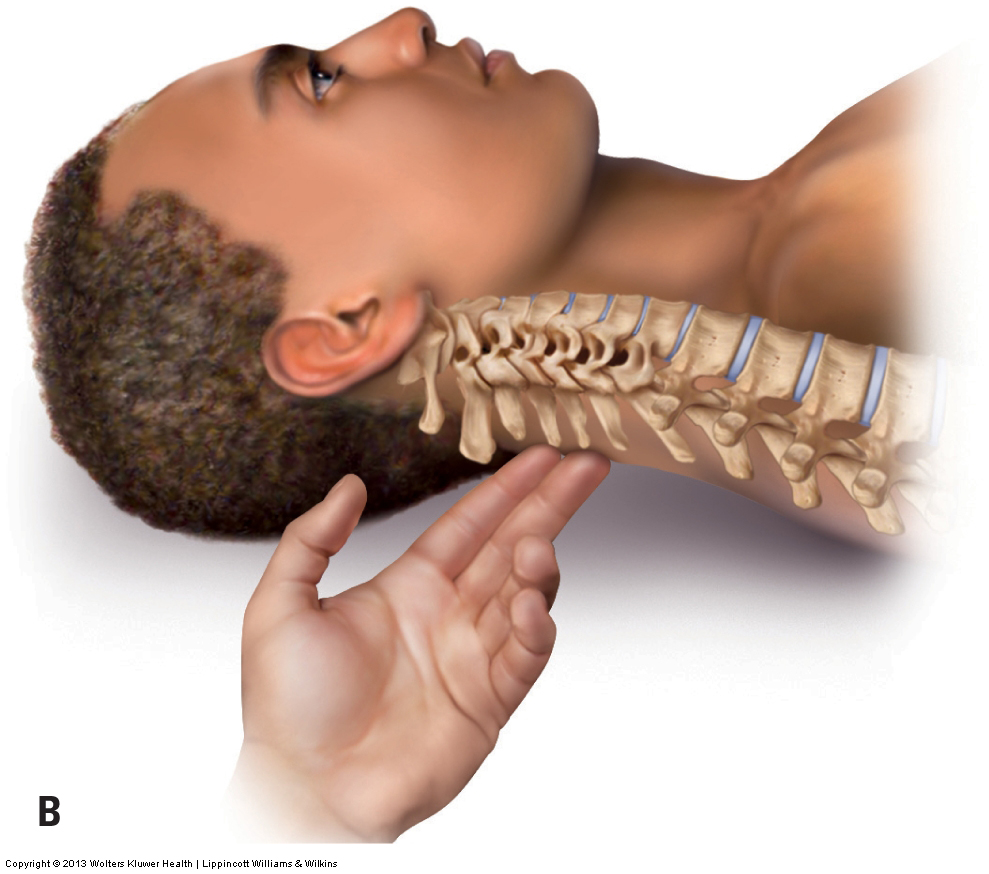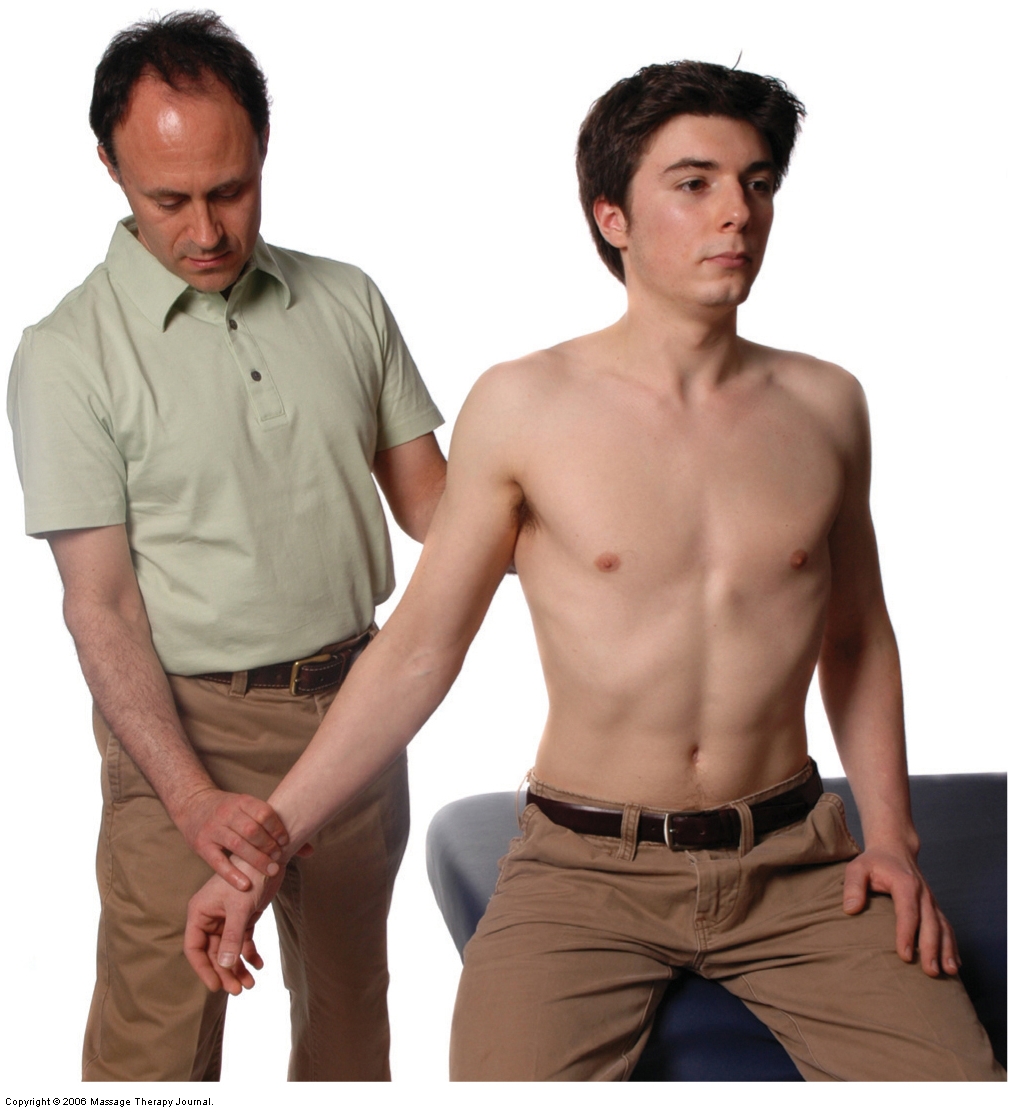Note: This is the first blog post article in a series of 14 articles on Assessment/Diagnosis of musculoskeletal conditions of the neck (cervical spine). See below for the other articles in this series.
To provide proper therapeutic treatment to a client’s/patient’s neck, it is necessary to perform an accurate assessment (diagnosis) of the client’s condition and gain a clear understanding of the mechanism behind the pathologic condition.

Assessment usually comprises two steps:
- History (written and verbal) of the client’s health
- Physical examination of the client’s health, which usually involves several components:
- Postural evaluation
- ROM assessment
- Palpation
- Joint play/mobilization assessment
- Special orthopedic assessment
These assessments are recommended to all therapists/physicians when assessing a client’s/patient’s condition, although they need not be done in the order listed here.
After gathering all the information from the health history and physical examination, the assessment/diagnosis is made and the appropriate treatment strategy is determined. The next step is to complete a report of findings, in which the client is informed of what was found in the assessment and what treatment is recommended. With client consent, treatment can begin.
Special Orthopedic Assessment Tests:
Although most sprains, strains, and spasms can be assessed accurately with range of motion testing and manual resistance, there are several conditions of the neck that require knowledge of specific procedures known as special orthopedic tests. These special orthopedic tests will be discussed in more detail in later blog posts in this series.
Each special orthopedic test test yields valuable information about the possible existence of a specific condition or type of condition. The most frequently used special orthopedic assessment tests for the neck are listed here.
- Space-occupying lesion tests
- Foraminal compression test (Spurling test)
- Cough test
- Valsalva maneuver
- Distraction test
- Slump test
- TOS tests
- Adson’s test
- Eden’s test
- Wright’s test
- Brachial plexus tension test (BPTT)
- Vertebral artery competency test (VACT)

Note: Common uses of these special orthopedic assessment tests include the following:
- The foraminal compression test, cough test, Valsalva maneuver, and distraction test are used to assess a space-occupying lesion of the cervical spine. The lesions these tests are most often used to assess are pathologic (bulging or herniated) discs and bone spurs from DJD (osteoarthritis), but these four tests may also be used to assess swelling or a tumor.
- Adson’s test, Eden’s test, Wright’s test, and the BPTT are used to assess TOS.
- The slump test can be used to assess both a cervical spinal space-occupying lesion and TOS.
- The VACT is used to assess the safety of rotating and extending the client’s upper cervical spine.

Never Treat Without…
There is an adage in the world of medicine that treatment should never be administered without a diagnosis. Similarly, in the world of orthopedic manual therapy, treatment should only be performed if an assessment is first made. This series of blog post articles will cover the orthopedic tests that manual therapists can perform to assess their clients’ conditions. Of course, there are limits to the ability of these tests to fully and accurately assess every condition. If after performing these tests, there is still doubt about the client’s condition, referral should be made to a physician for an accurate and thorough diagnosis. Once the therapist is armed with an accurate assessment, and therefore a fundamental understanding of the pathomechanics of the client’s condition, safe and effective treatment can be determined and carried out.
Note: Diagnosis versus Assessment
Although it is a fine line, there is a distinction between diagnosis and assessment. With a diagnosis, a physician definitively determines the condition that a patient has and informs the patient of the findings. Assessment, on the other hand, is carried out not for the purpose of informing the client of the condition but to help the therapist determine which treatment techniques are safe and effective to perform and which treatment techniques to avoid. Of course, if there is any doubt as the safety and efficacy of treatment, referral of the client to a physician for a definitive diagnosis is strongly recommended.
This blog post article is the first in a series of 14 blog post articles on Assessment/Diagnosis of musculoskeletal (neuro-myo-fascio-skeletal) conditions of the neck (cervical spine).
The articles in this series are:
- Introduction to Assessment/Diagnosis of the Neck
- Verbal and Written Health History
- Overview of Physical Examination Assessment
- Postural Assessment
- Neck General Orthopedic Assessment: Range of Motion and Manual Resistance
- Palpation Assessment
- Motion Palpation (Joint Play) Assessment
- Special Orthopedic Assessment Tests for the Neck – Space Occupying Conditions
- Special Orthopedic Assessment Tests – Space Occupying Conditions – Slump Test
- Orthopedic Assessment of Thoracic Outlet Syndrome – Adson’s, Eden’s, Wright’s
- Orthopedic Assessment of Thoracic Outlet Syndrome – Brachial Plexus Tension Test
- Special Orthopedic Assessment Tests – Vertebral Artery Competency Test
- Treatment Strategy and Treatment Techniques
- Assessment and Treatment of Specific Musculoskeletal Conditions


